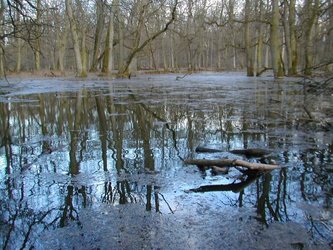

Characterising forest ecosystems in Armenia
Located at a junction where three biogeographic regions meet, Armenia boasts a diverse range of landscapes, climates and ecology, with distinct and sometimes rare flora and fauna. Dilijan National Park is renowned in particular for its dense forest, rich biodiversity, medicinal springs, natural and cultural monuments and extensive network of hiking trails. Despite this, the park is under threat from a dense human population living there, developing infrastructure, uncontrolled tourism, illegal logging, poaching and the unsustainable use of natural resources.
To support the Armenian government in its ambitions to rehabilitate degraded forest and increase forest cover, UNDP's Armenia office is seeking to better understand the past socio-environmental processes that impact the sustainable management of forest resources, including changes in land cover and land use.
In 2020, UNDP Armenia requested assistance from ESA's EO Clinic to provide the environmental information needed to support forest management in the Dilijan region. Using Earth observation data, EO Clinic service providers GeoVille (Austria) and SIRS/CLS (France) developed a tool to characterise forest ecosystems and their evolution in the Dilijan National Park in the form of maps of land use and land cover for 1991–2019. The project also delivered detailed information on forest density and class, which could be used to assess and locate deforestation or forest degradation.
This is an example of a deforestation and forest degradation map provided through the EO Clinic project. The different colours represent non forest (grey), stable forest (green), deforestation (red) and forest degradation (yellow) for 2005–2010. The presented area is approximately 38 kilometres across.





